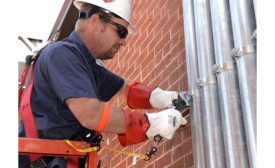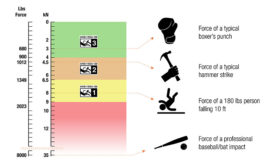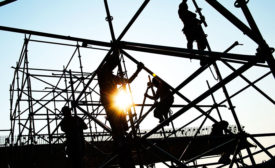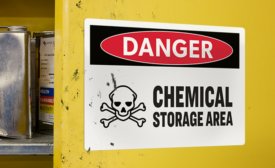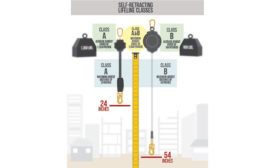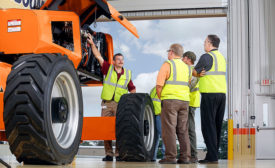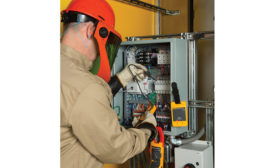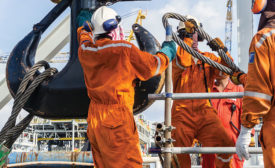Home » Keywords: » ansi/isea
Items Tagged with 'ansi/isea'
ARTICLES
Digital Edition Exclusive
What you should know about ANSI/ASSP Z10.0-2019 OHSMS
January 1, 2020
2020 Top Standards: ANSI/ISEA
ANSI/ISEA 121- Dropped Object Prevention Solutions
December 20, 2019
New ANSI standard covers MEWP design, training & safe use
Improving mobile elevated work
July 12, 2019
Compliance, maintenance musts for emergency eye/face wash, showers
Worst-case Scenario
June 4, 2019
Protecting knuckles & fingers
New ANSI/ISEA 138 standard focuses on back of hand protection
February 19, 2019
ANSI/ISEA 138-201x for Impact-Resistant Gloves
ANSI/ISEA 138 is a work in progress. The second consensus ballot/public review draft was released in October, 2018.
February 7, 2019
Become a Leader in Safety Culture
Build your knowledge with ISHN, covering key safety, health and industrial hygiene news, products, and trends.
JOIN TODAYCopyright ©2025. All Rights Reserved BNP Media.
Design, CMS, Hosting & Web Development :: ePublishing
